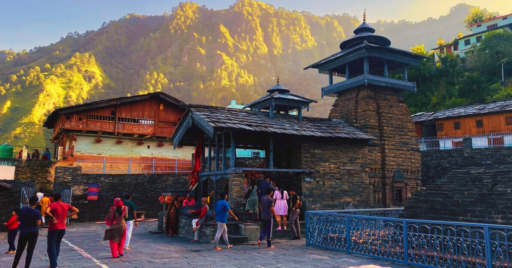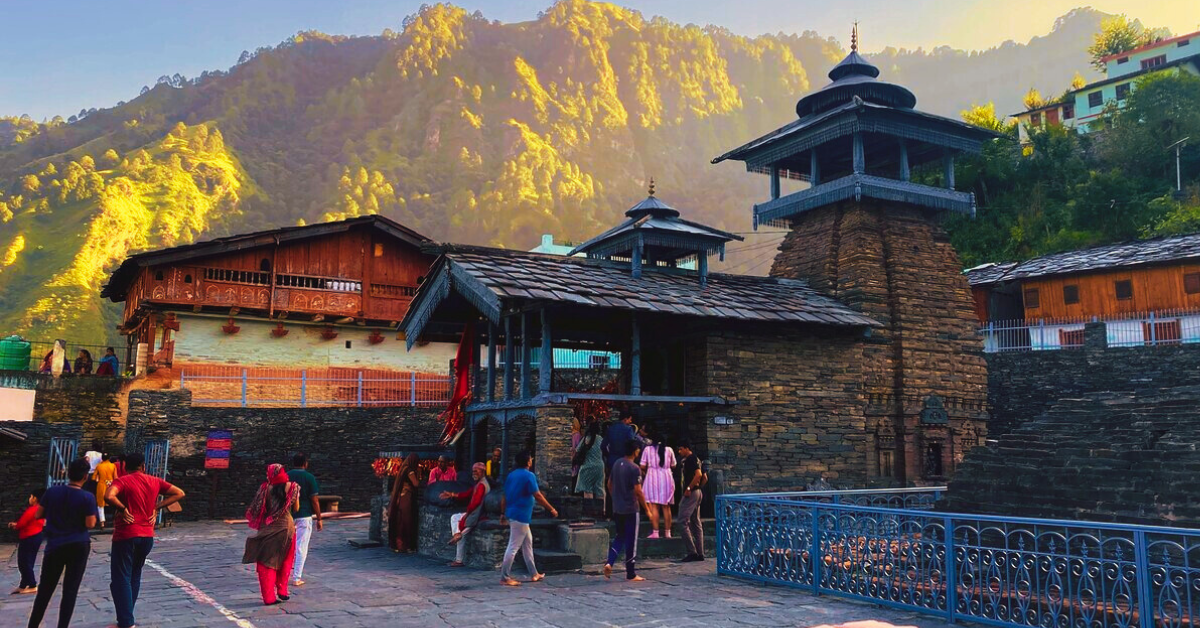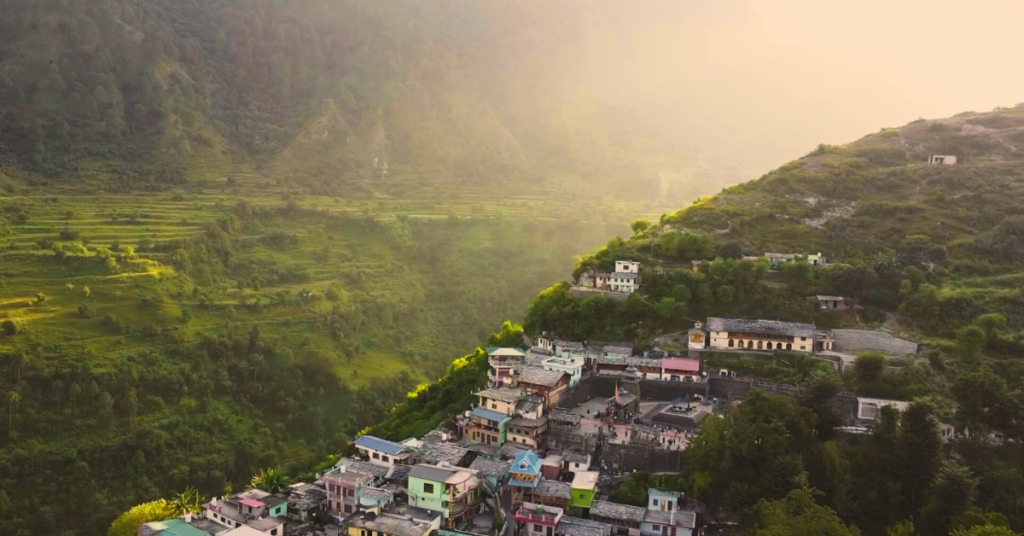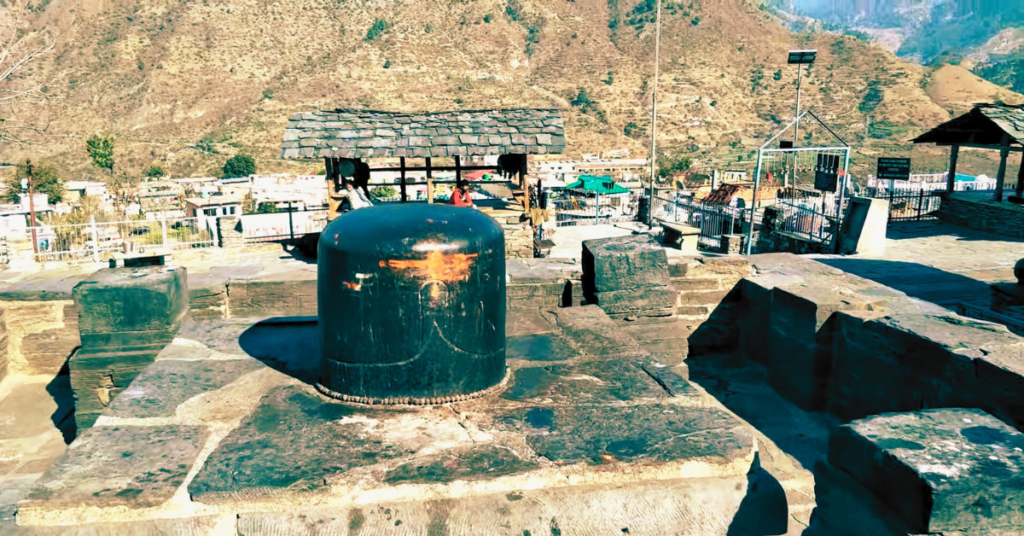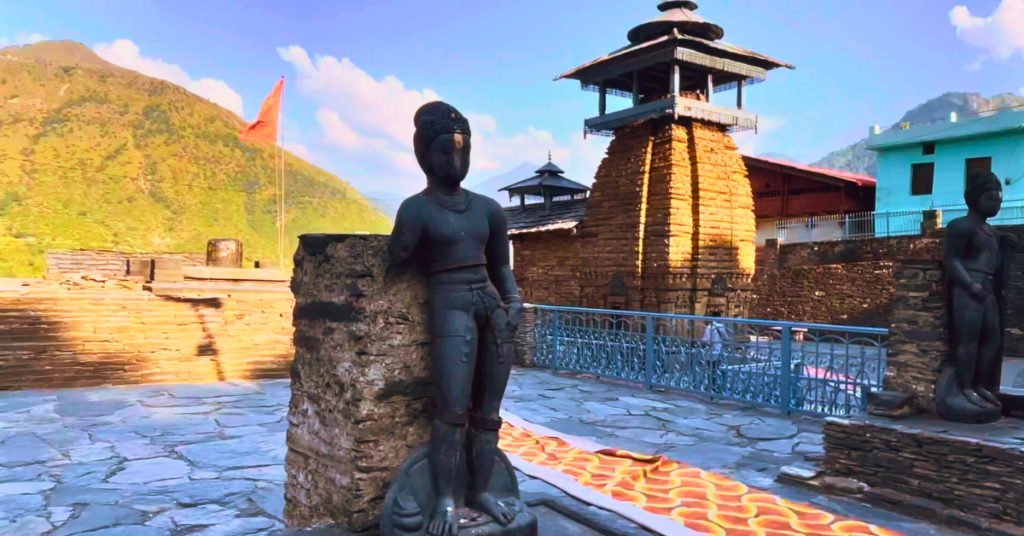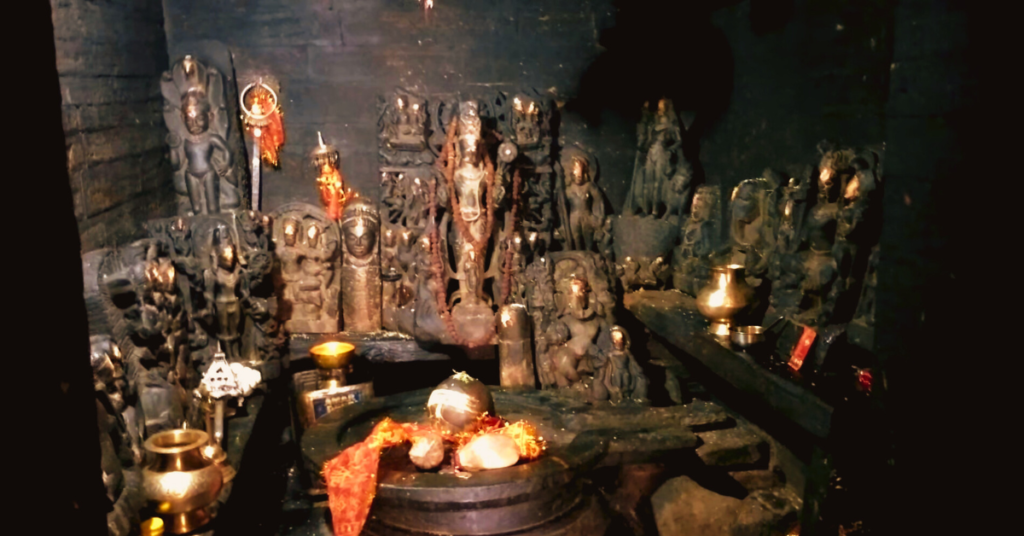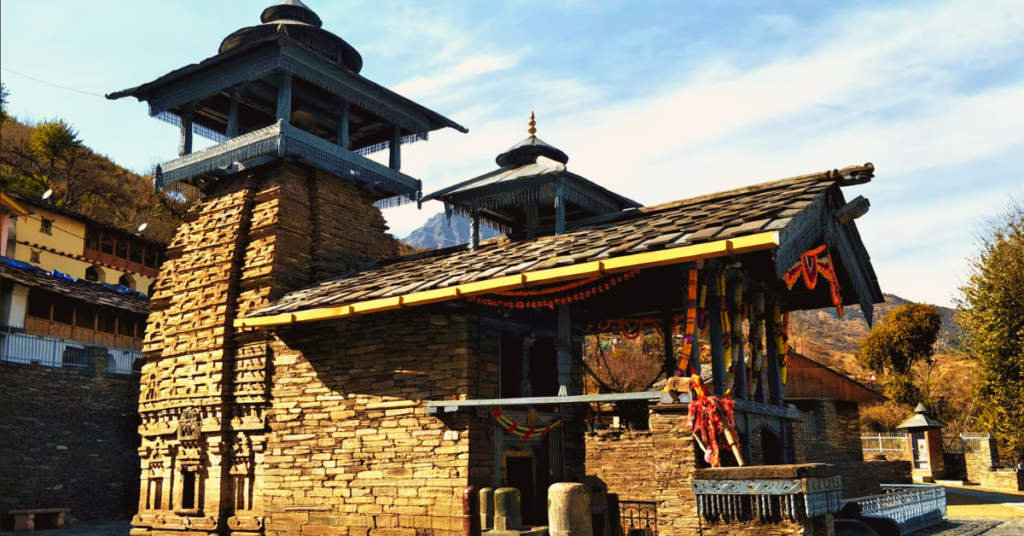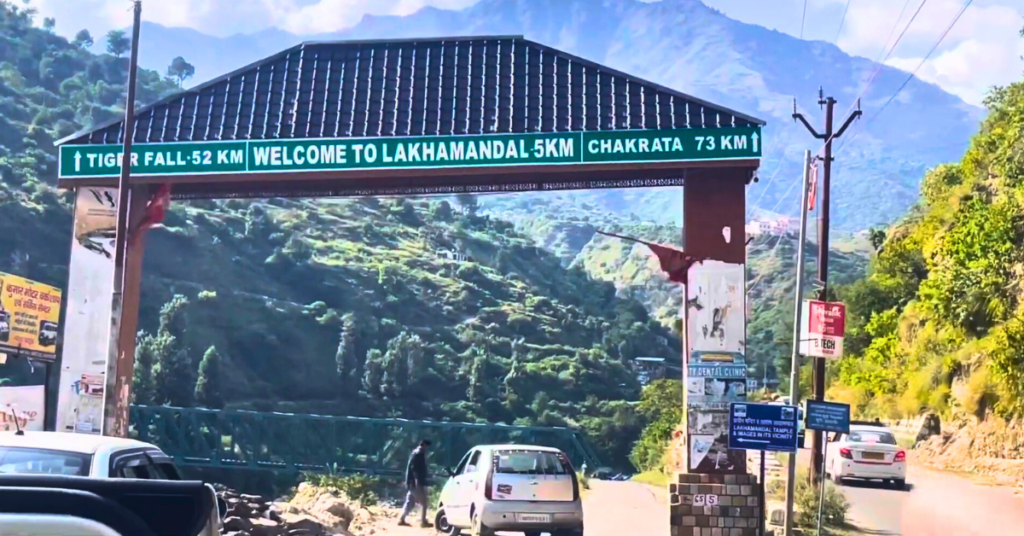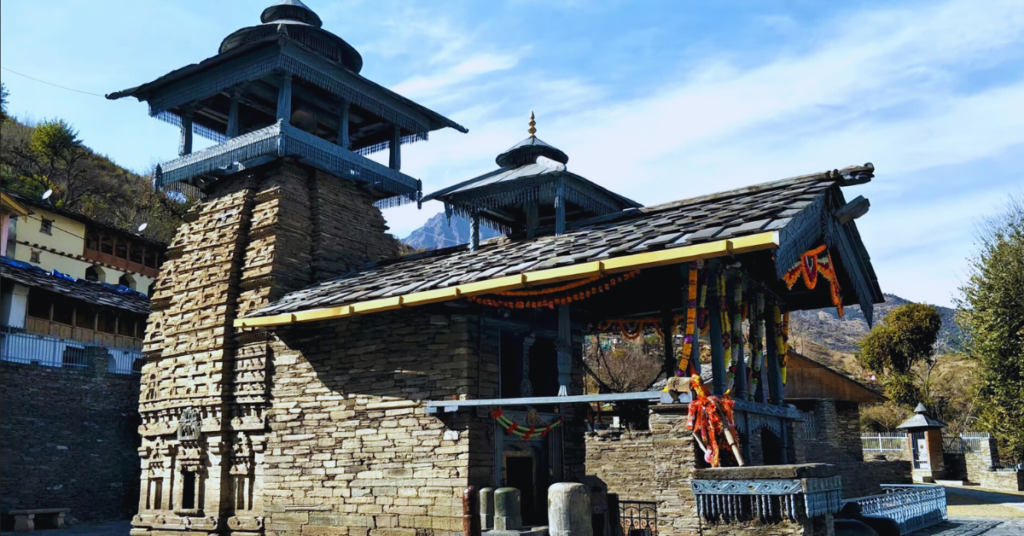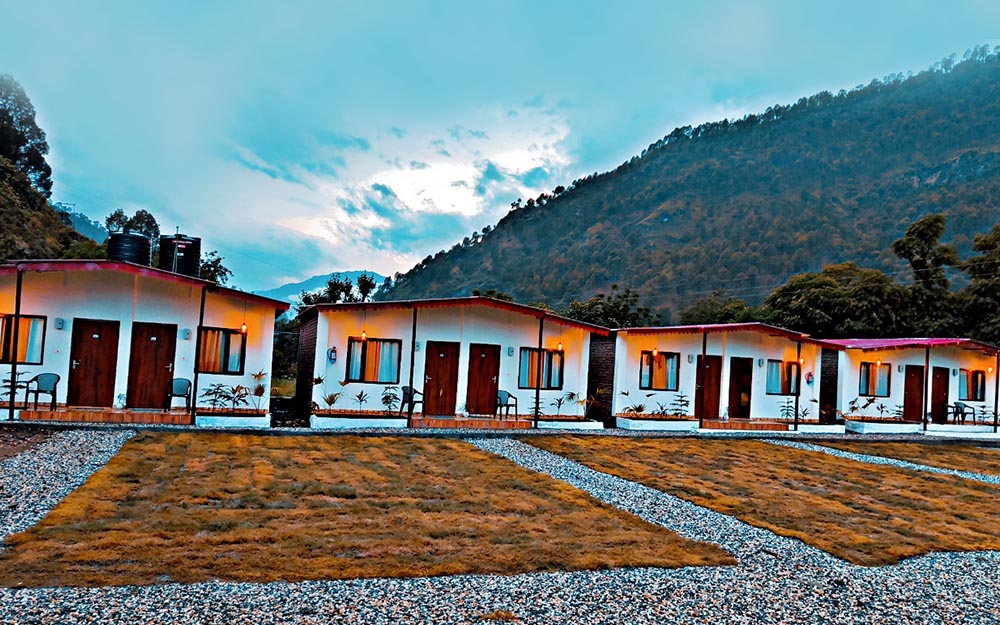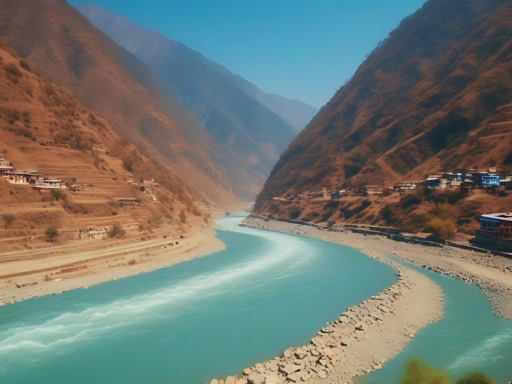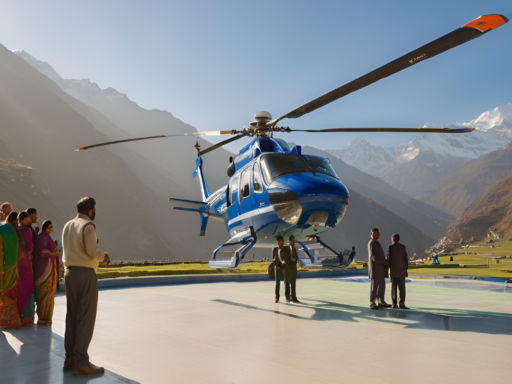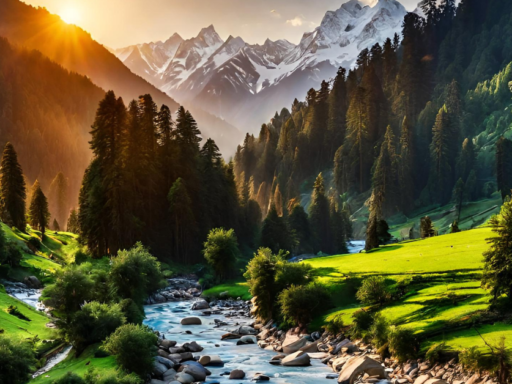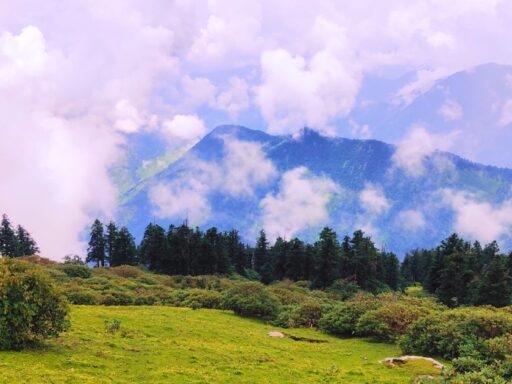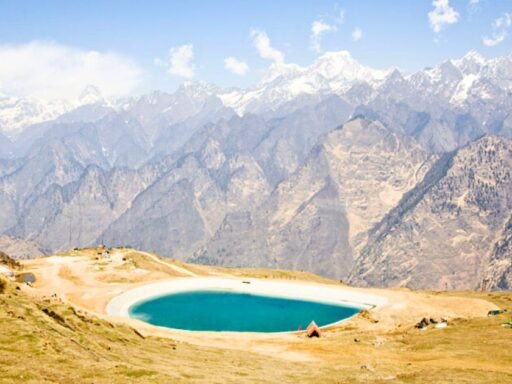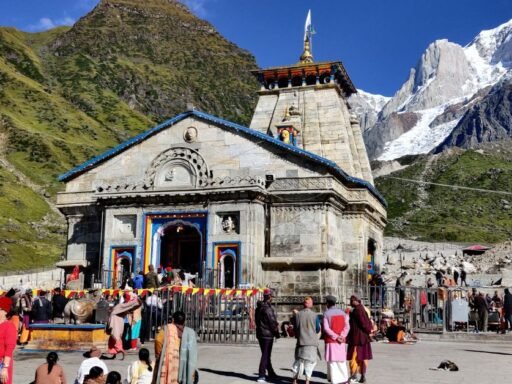Lakhamandal Temple in Uttarakhand is closely tied to the Mahabharata. People visit here to worship Lord Shiva against the beautiful Himalayan backdrop, celebrating the divine presence.
Table of Contents
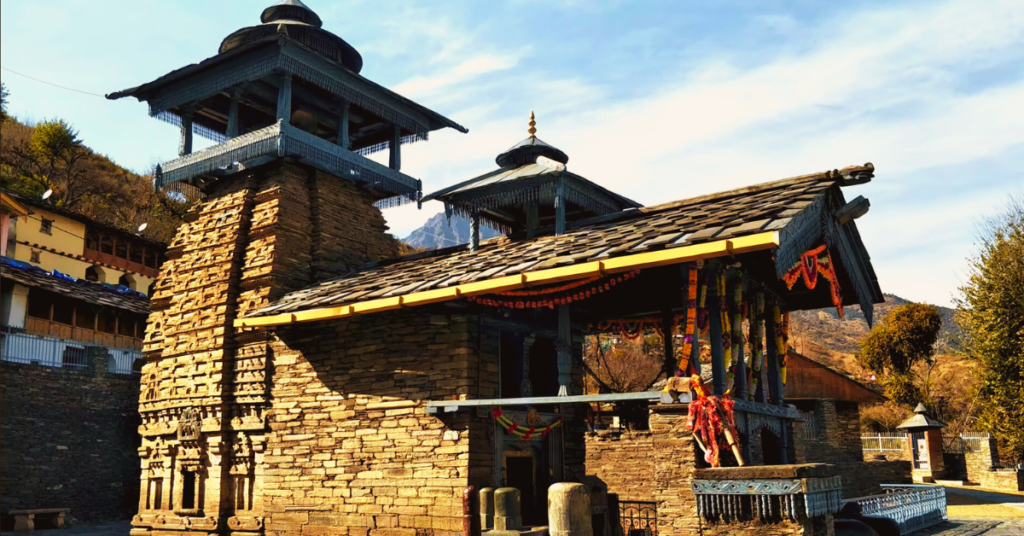
3 Important Facts about Lakhamandal Temple
- It is believed that Duryodhana had planned to burn the Pandava brothers inside this temple.
- Near the temple, you can view a tunnel used by Pandavas and their mother Kunti Devi to escape from the fire.
- The sparkling graphite Shiva Linga is the main attraction of Lakhamandal Temple.
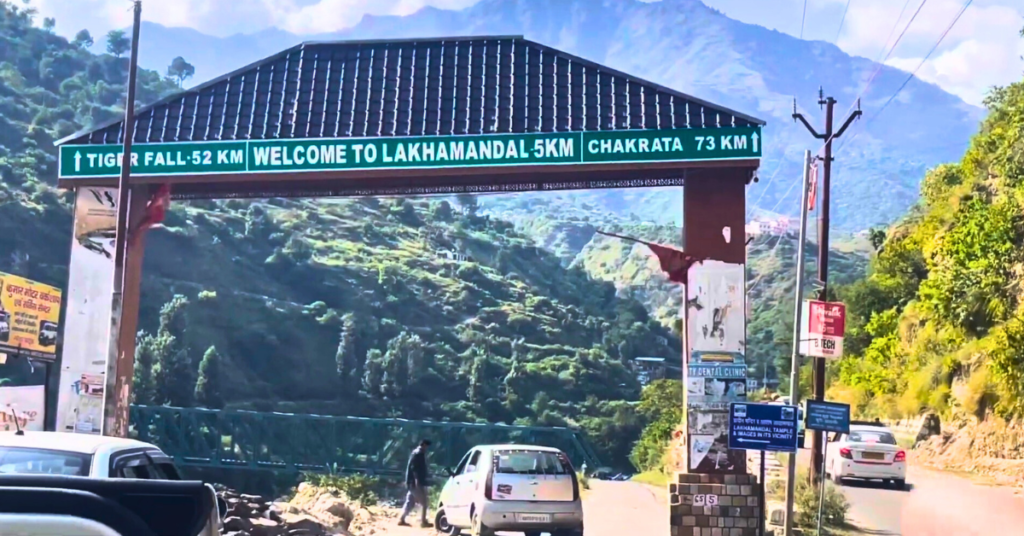
Where is Lakhamandal Temple?
- Lakhamandal, a secluded village in the Jaunsar region of Dehradun District, lies within Chakrata Tehsil, 62 km away. Positioned along National Highway 507, it is on the route to Yamunotri. The Yamuna River runs adjacent to the village, with Yamunotri situated approximately 50 km from Lakhamandal Village.
- Location: Jaunsar-Bawar region of Dehradun district in the state of Uttarakhand.
- Distance from Haridwar: 160 Kilometers
- Distance from Yamunotri: 75 Kilometers
- Lakhamandal Temple holds historical significance with ancient structures and a 6th-century Shiva temple constructed by Princess Ishwara.
What Are the Timings of Lakhamandal Temple?
| Day | Opening Time | Closing Time |
| Monday | 6:00 AM | 6:00 PM |
| Tuesday | 6:00 AM | 6:00 PM |
| Wednesday | 6:00 AM | 6:00 PM |
| Thursday | 6:00 AM | 6:00 PM |
| Friday | 6:00 AM | 6:00 PM |
| Saturday | 6:00 AM | 6:00 PM |
| Sunday | 6:00 AM | 6:00 PM |
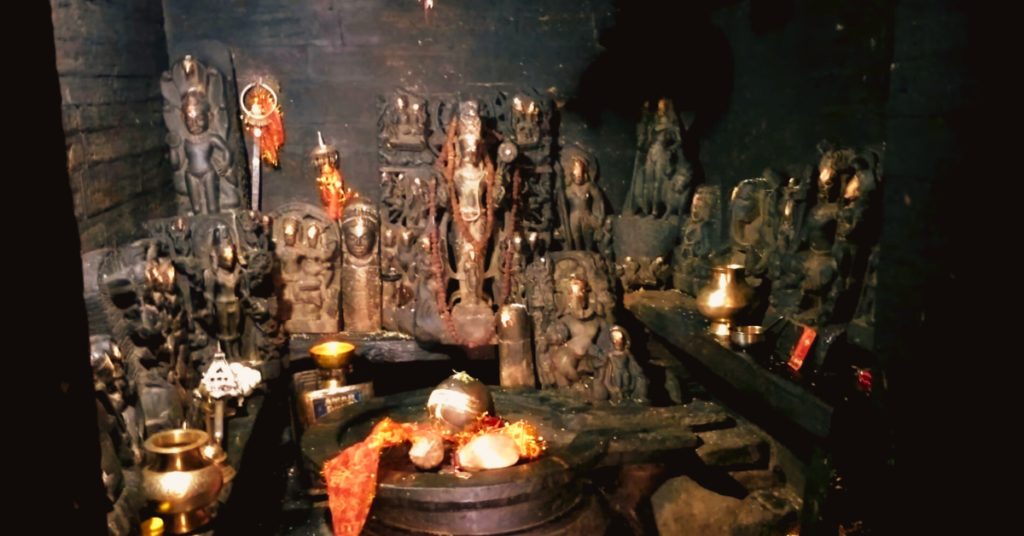
What is the Mystery of Lakhamandal?
Lakhamandal witnessed the birth of the world’s first Shivlinga, initiating Shivlinga worship. In a vibrant tale from the Ling Purana, Brahma and Vishnu’s fiery debate led to divine intervention by Lord Shiva, establishing Mahamandleshwar Shivlinga. Vishnu and Brahma, became its first worshippers. The temple’s rich history also links to Yudhishtra during the Pandavas’ Agyatvaas, highlighting deep adoration for Shiva and Maa Shakti’s protection and blessings.
- Sacred Destination: Lakha Mandal, a renowned pilgrimage site, is enriched with captivating legends.
- Shivlinga’s Origin: Regarded as the birthplace of the world’s first Shivlinga, Lakha Mandal marks the inception of Shivlinga worship.
- Divine Episode: According to the Ling Purana, a fiery debate between Brahma and Vishnu resulted in the manifestation of a burning flame pillar.
- Humbled by Blessings: Astounded and unable to trace its origin, Brahma and Vishnu accepted defeat, prompting Lord Shiva to bless them with humility.
- Shivlinga’s Establishment: Following this divine intervention, the first Shivlinga was consecrated at Lakha Mandal.
- Mahamandleshwar Shivlinga: Vishnu and Brahma are believed to be the initial worshippers of the Mahamandleshwar Shivlinga, resonating with the divine sound of Om.
- Pandavas’ Link: Another legend associates the temple’s existence with Yudhishtra during the Pandavas’ Agyatvaas, saved by Maa Shakti from a plot by the Kauravas to burn them alive.
- Adoration of Shiva and Maa Shakti: Shiva and Maa Shakti are venerated at Lakha Mandal, symbolizing protection and blessings for the virtuous souls of the Pandavas
Why is Lakhamandal Temple Famous?
Lakhamandal Temple is famous for housing the world’s first Shivlinga, boasts a rich history rooted in divine tales. From Lord Shiva’s blessings to the Pandavas’ refuge during Agyatvaas, the temple holds mystical wonders like Dwarpals and a mirror-like Shivlinga. Experience the extraordinary and seek blessings at this sacred pilgrimage site.
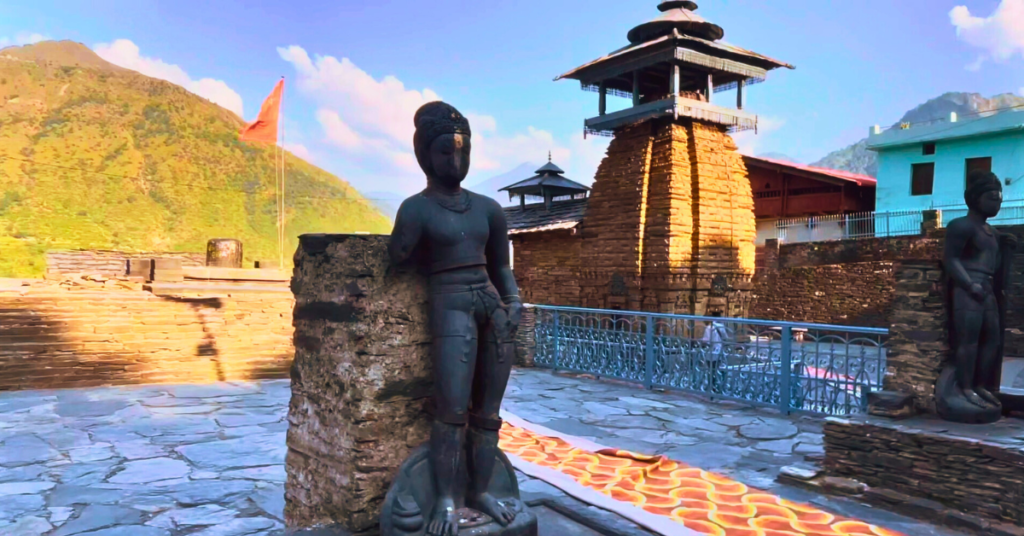
What is the History of Lakhamandal Temple?
Lakhamandal, a renowned pilgrimage, holds the world’s first Shivlinga. The Ling Purana states a clash between Brahma and Vishnu, leading to Shiva’s blessing and the temple’s founding. The temple possess unique rituals, including the belief that the dead briefly revive, and on Mahashivratri, women seeking fertility are blessed. Legends also tie it to Yudhishtra during the Pandavas’ Agyatvaas.
Broken statues hint at colonial history, and a mirror-like Shivlinga adds to the temple’s mystical charm, drawing visitors seeking Lord Shiva’s blessings in this extraordinary place.
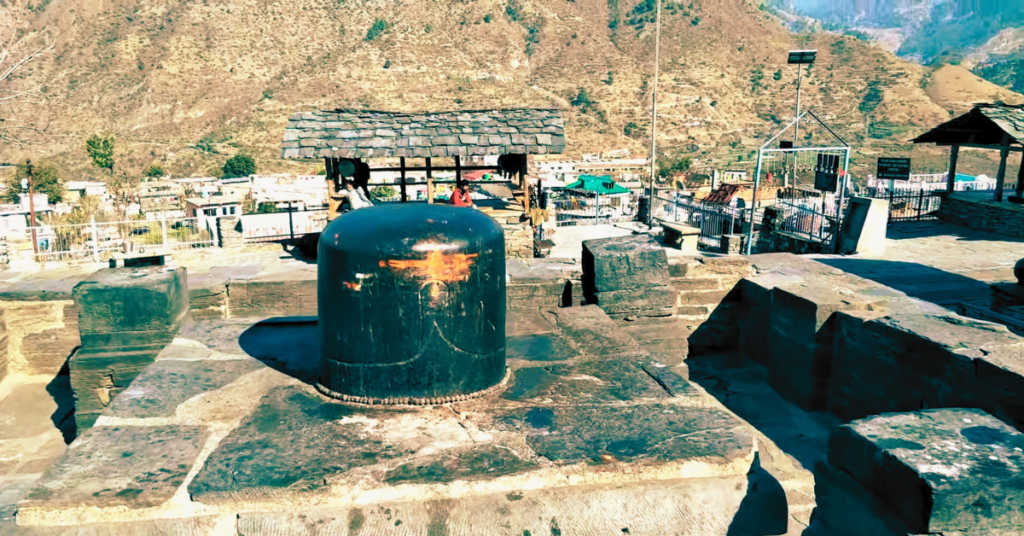
Lakhamandal Temple Miracle
Two west-facing Dwarpals guard the temple’s entrance. Local belief, supported by both locals and saints, suggests that placing a deceased body in front of these Dwarpals, with the temple priest sprinkling Gangajal, briefly revives the person. During this revival, the individual utters Lord Shiva’s name and consumes Gangajal. Subsequently, the soul departs, granting the deceased a form of eternal rest.
On Mahashivratri, spending the night at the temple and chanting Lord’s name while gazing at the Shivlinga is believed to bless women with fertility. This sacred ritual is said to grant the earnest desire of bearing a child, offering hope and blessings to those who seek it.
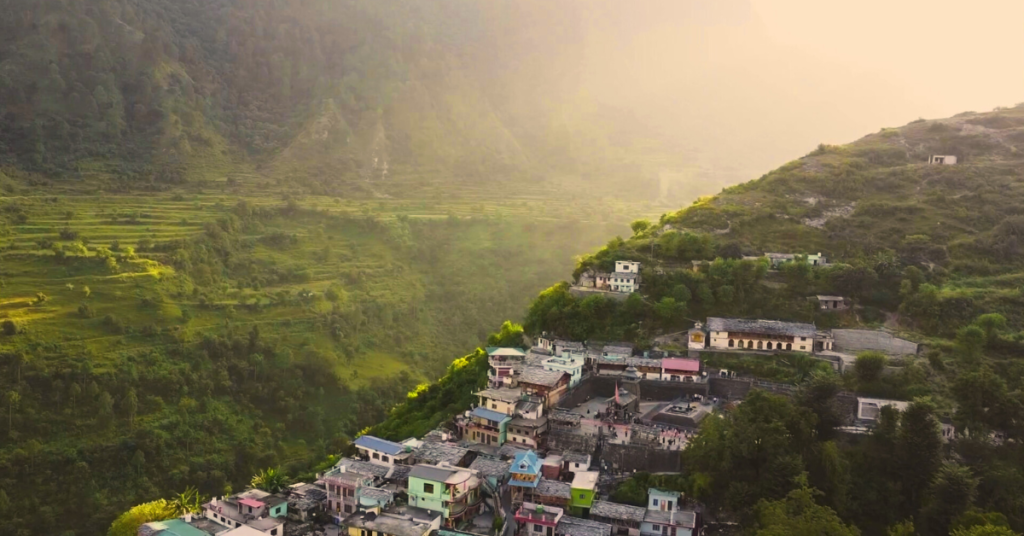
Lakhamandal Weather Today
Lakhamandal experiences diverse temperatures annually. Summers, from March to June, bring pleasant weather with average highs of 25-30°C. Monsoons, July to September, witness lush greenery with occasional rainfall. Winters, October to February, are chilly, with temperatures ranging from 0-15°C, offering a serene atmosphere amidst historical and spiritual surroundings.
Lakhamandal Temple Pic
In Which Style the Lakhamandal Temple Was Built?
Lakhamandal Temple showcases the ancient Nagara style of North Indian architecture. Constructed in the 12th to 13th century, it is Lord Shiva’s mountain abode. Discover the mystical charm of Lakhamandal as the Archaeological Survey of India unveils various-sized Shivalingas in the temple premises, each with its unique charm.
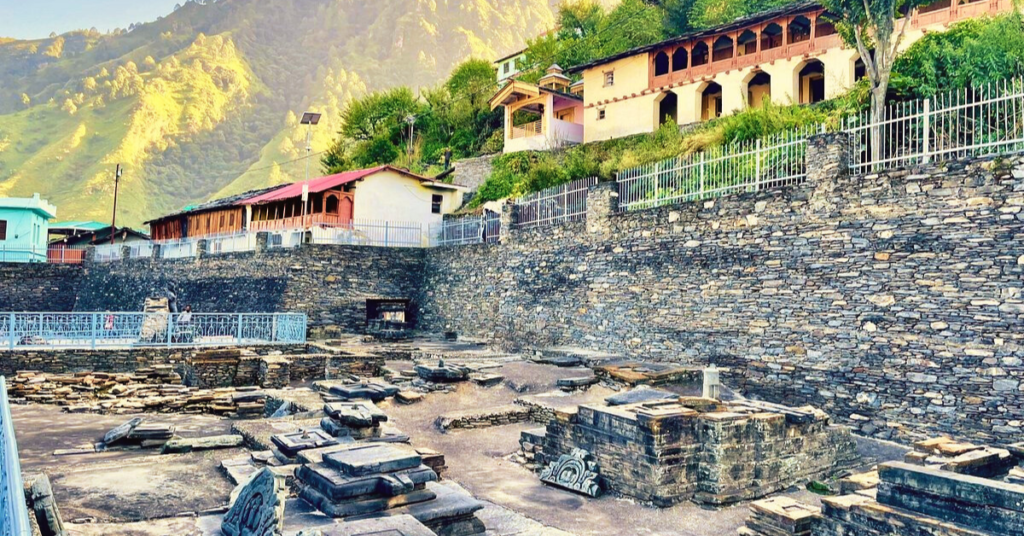
Which Festival is Celebrated in Lakhamandal Temple?
The Lakhamandal Temple mainly observes the festival of Maha shivratri, a significant Hindu celebration dedicated to Lord Shiva. Maha shivratri, known as the “Great Night of Shiva,” involves fasting, prayers, and various rituals to seek divine blessings and grace.
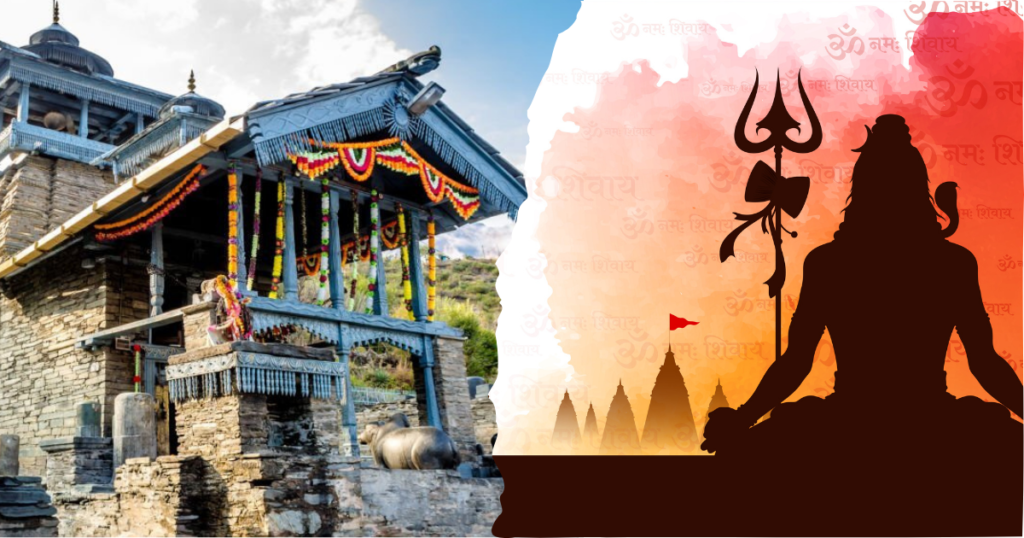
Lakhamandal Temple Location
The Lakhamandal Temple is situated 35 km from Chakrata on Gangotri Yamunotri Road in the Jaunsar-Bawar region. Located in the mountains, it follows the ancient Nagara style of North Indian architecture, estimated to have been constructed around the 12th to 13th century. The temple is a sacred abode of Lord Shiva, named after “Lakha,” meaning several thousand, and “Mandal,” referring to Shivalinga.
The Archaeological Survey of India (ASI) has discovered various Shivalingas of different sizes during excavations in the nearby areas, adding to the temple’s historical significance.
How to Reach Lakhamandal Temple?
From Delhi: – Approx. 400 kilometers away, with a scenic drive after a train or flight to Dehradun or Haridwar.
From Dehradun: – Around 150 kilometers distant, reachable by taxi or local transport for a picturesque journey.
From Haridwar: – Approx. 200 kilometers away, accessible by taxi or bus, promising a comfortable road trip.
From Rishikesh: – Approximately 175 kilometers distant, reachable by taxi or bus, ensuring a well-connected road trip.Get Expert Advice Now
Get Expert Opinion on Your Planning
Where to Stay Near Lakhamandal Temple?
Local guesthouses and lodges in Jaunsar-Bawar offer stay options, one can also stay in Barkot to find more comfortable hotel stays and resorts. Here’s a list of stay options for your stay at Lakhamandal.
- Camp Nirvana Cottages
- Shiv Kunj Resort
- Rigveda Cottages
- Divyam Resort
Check out readymade itineraries at Uttarakhand Trips
Best Time to Visit Lakhamandal Temple
Visit Lakhamandal Temple during March to June and September to November for the best weather. Experience the pilgrimage in pleasant conditions, explore the temple and nearby attractions. These months offer an ideal time to enjoy the spiritual ambiance and natural beauty of the region.
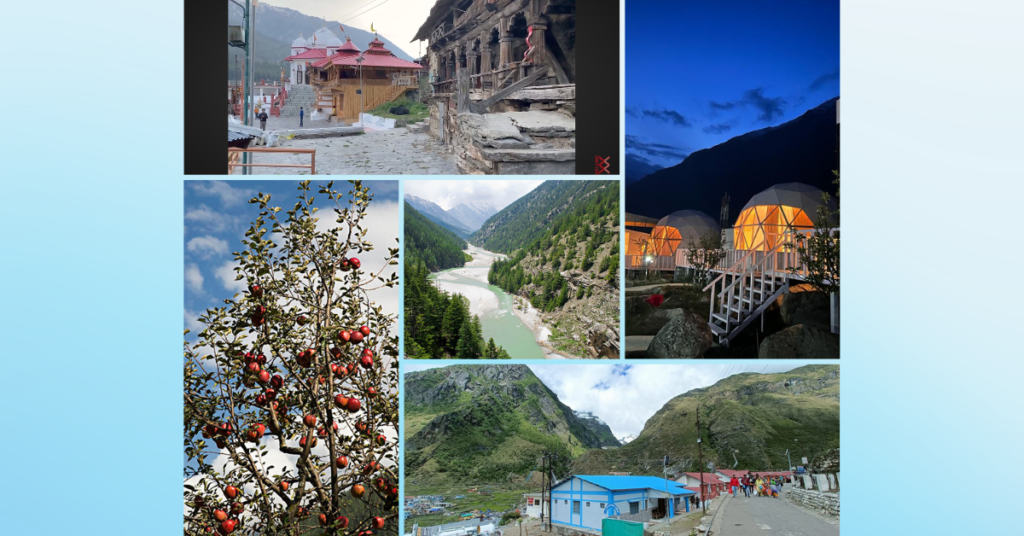
Lakhamandal Nearby Places
- Yamunotri:
- About: A sacred pilgrimage, Yamunotri, the source of the Yamuna River, is approximately 100 km from Lakhamandal.
- Travel Time: Accessible by a scenic 4-5 hour drive through the Himalayan terrain.
- Gangotri:
- About: Nestled at the origin of the Ganges, Gangotri is around 190 km from Lakhamandal, offering spiritual significance.
- Travel Time: A journey of 7-8 hours, unveiling breathtaking landscapes during the trip.
- Mussoorie:
- About: Mussoorie, the “Queen of Hills,” is situated 140 km away, known for its colonial architecture and panoramic views.
- Travel Time: A delightful 5-6 hour drive through winding roads with enchanting vistas.
- Chakrata:
- About: Located just 35 km from Lakhamandal, Chakrata is a serene town surrounded by forests and hills.
- Travel Time: An easy 1-2 hour drive, making it an ideal short excursion.
- Harsil, Gartang Gali, Nelong Valley:
- About: These offbeat destinations, approximately 200 km from Lakhamandal, offer unspoiled natural beauty.
- Travel Time: An 8-9 hour drive takes you through less-explored terrains, promising a unique adventure.

